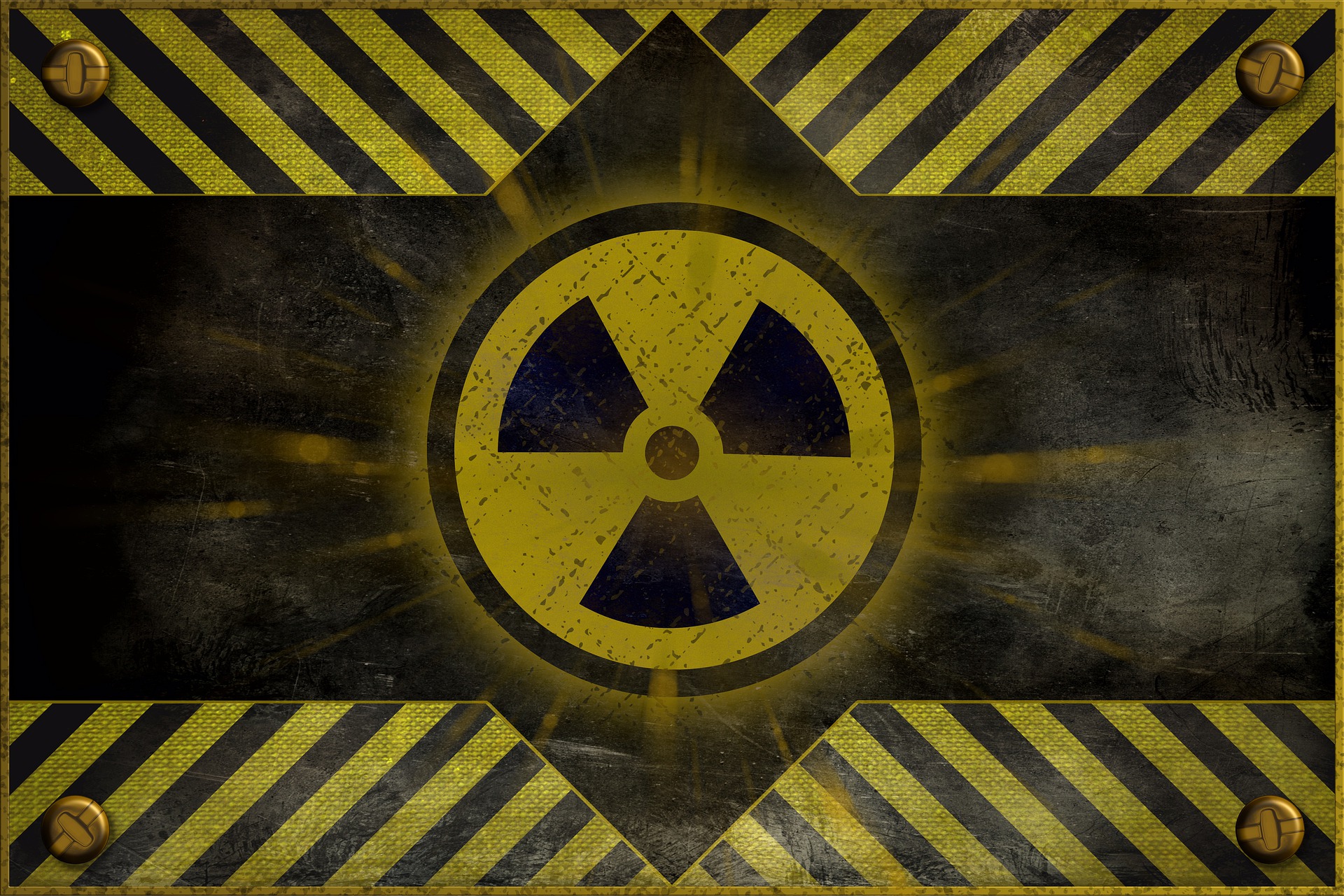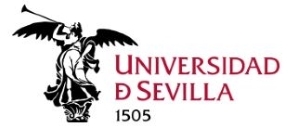
Facilities
Radioactivity

The use of radioactivity implies a responsibility towards oneself and towards others. Before use, radioactivity users should have information about:
- the operating rules of the facility, including the manner of action in case of contamination, accident or emergency.
- the risks of ionizing radiation, and general protection standards.
- the work methods of the operations to be carried out, including the use of detection and protection equipment.
- the convenience of undergoing periodic medical examinations.
- responsibilities towards oneself and towards other users regarding radiological protection.
The regulations for use and the emergency plan are displayed in the room. Knowledge of both regulations is mandatory for the use of the room.
REGULATIONS FOR THE OPERATION OF THE BIOMEDICAL RESEARCH LABORATORY
- The use of a gown and gloves is mandatory.
- The operation of the Facility will be directed by its Supervisor. The manipulation of radioactive substances corresponds to the Operators who act under the supervision of the operator. Access is only allowed to authorized personnel.
- All personnel must know the radiation protection standards, mainly those related to: classification, signage and access to areas, radiation and contamination monitoring, waste treatment, personal dosimetry, clothing and work materials, decontamination and medical surveillance.
- Before starting daily work, the Supervisor will ensure the good condition of equipment and facilities and that the corresponding scheduled verifications have been successfully carried out.
- Upon arrival of the radioactive material, the following will be carried out:
- physical inspection of the condition of the packages, a surface smear if necessary to rule out contamination and verification that they correspond to what was requested.
- disassembly of the packages, and the labeling and confinement of the radioactive material.
- verification of the packaging for treatment as radioactive waste or not.
- the record in the Operations Journal.
- In sample preparation and handling:
- all operations will be carried out exclusively by authorized personnel on plastic or stainless steel trays covered with filter paper, which in case of contamination will be radioactive waste
- the radioactive material will be perfectly and clearly identified at all times, and, where appropriate, confined
- Disposable gloves, personal protective clothing and, whenever possible or the operation requires it, remote handling systems will be used.
- those procedures that involve pipetting radioactive solutions will be done with automatic or semi-automatic systems; never with the mouth
- all radioactively contaminated disposable material, including used 35S vials, will be deposited as solid waste in double plastic bags, avoiding introducing sharp objects and filling the bag to the point that it breaks when handled; a different bag will be used for each radionuclide
- the liquid phosphorus waste will be deposited in the specific metal drum that will remain closed whenever it is not used; Its contents can be poured into the drain accompanied by plenty of water, after 6 months for 32P and 1 year for 33P.
- There will be no eating or smoking in the Unit, handling of non-encapsulated sources with bare hands will be avoided and special precaution will be taken to avoid cuts and punctures. The operation time will be as short as possible; the distance between operator and source is the maximum; and the appropriate use of shielding at all times.
- If there is any reasonable doubt about radiological safety, the Operator will contact the Supervisor, who will initiate the verification of the safety conditions or plan their recovery.
- At the end of the day, the staff will control their possible contamination or their work clothes and footwear.
- Incidents of any type, if any, will be recorded in the Facility Operation Log.
BIOMEDICAL RESEARCH LABORATORY EMERGENCY PLAN
Emergency situations
- Radioactive contamination of surfaces and pavements, equipment, materials and work clothes.
- External or internal contamination of people.
- Fire or other disaster.
Line of authority
In the event of any incident, the Operator is obliged to inform the Supervisor who will make a first assessment from which the actions to follow will be derived. The Radiophysics Service (Radiological Protection) will be informed that depending on the degree of impact on safety, it will communicate or not with the Owner and through it with the Nuclear Safety Council.
Measures to take
In the event of contamination, the contaminated area will be delimited and marked to prevent dispersion. The Supervisor will assess the feasibility of decontamination based on its cost/benefit, and will contact the Radiophysics Service. In any case, the procedures established in the Radiological Protection Manual will be followed.
In the case of contamination of people, whether external or internal, action will be taken to reduce absorption and facilitate elimination, for which the person will be isolated and the procedures of the Radiological Protection Manual will also be followed. In all cases the dose received will be estimated.
In the event of a fire, the protection of personnel and the confinement of radioactive material are priorities, so the Supervisor will evaluate the situation and if necessary, he will contact the emergency telephone numbers 82525 and firefighters 85555 and immediately arrange:
- immediate evacuation of personnel
- the confinement of all radioactive sources
- the use of containment barriers by closing doors and compartmentalizing.
- disconnection of ventilation systems and high voltage sources.
The Radiophysics Service and/or the Supervisor himself will instruct the extinction teams on the particularities, nature and risk level of the radioactive sources.
Data and reports
The Radiophysics Service, with the data collected and the collaboration of the Supervisor, will determine the importance and scope of each emergency from the point of view of radiological protection and nuclear safety and, where appropriate, will prepare a detailed report of the event as established in the manual.
Donate
Promote science with a donation and be part of the change.













